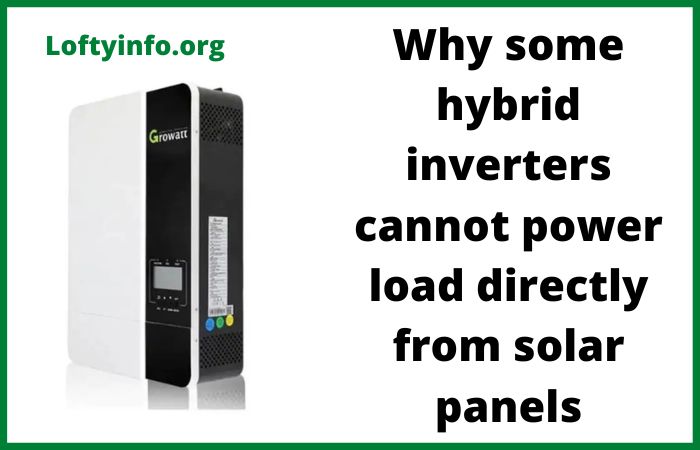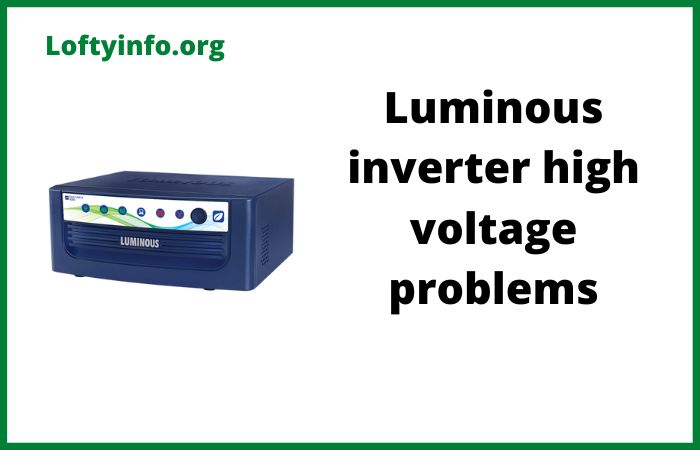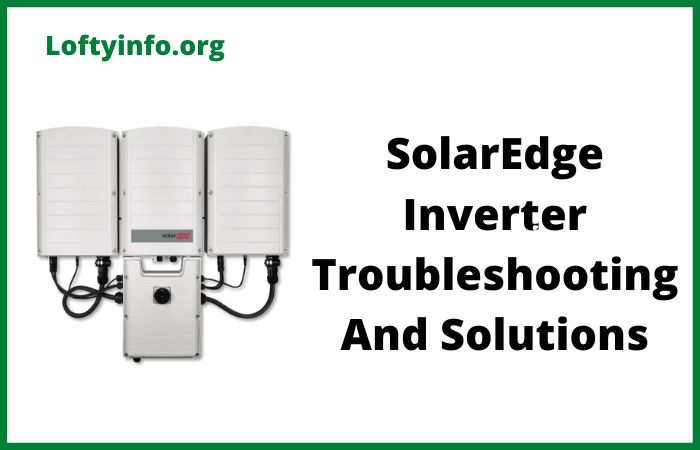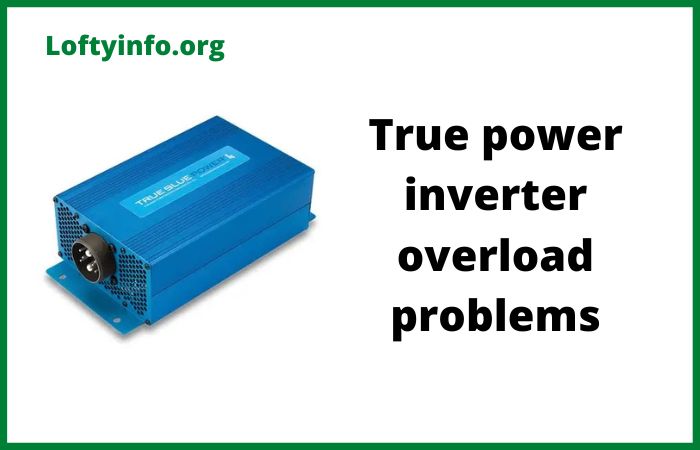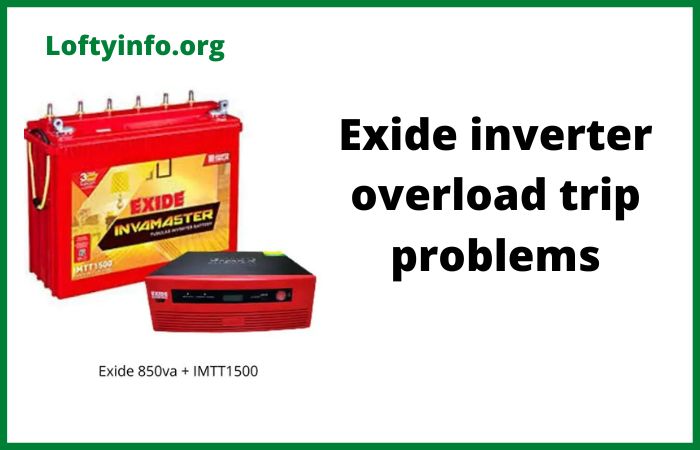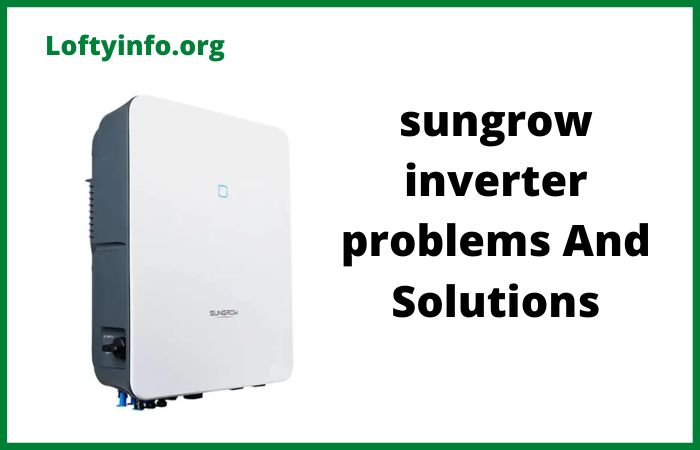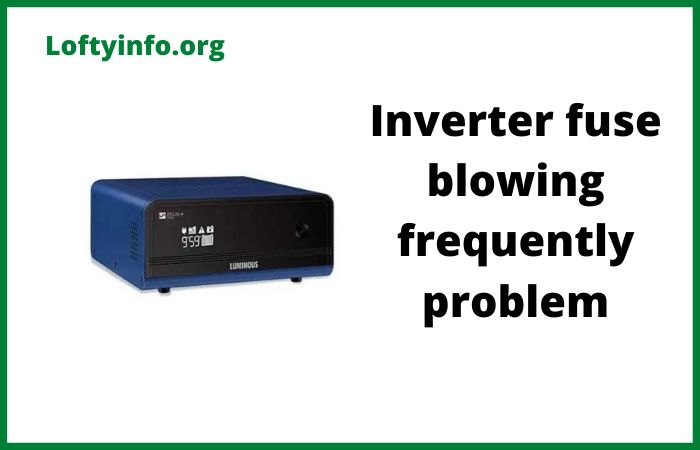Why Some Hybrid Inverters Cannot Power Load Directly From Solar Panels
Many solar system owners assume their hybrid inverters can seamlessly power household appliances directly from solar panels during daylight hours.
This expectation seems logical since sunlight generates electricity and the inverter connects both solar panels and home loads.
The reality is more complex as several hybrid inverter models cannot establish this direct power pathway without battery involvement or specific operational conditions.
Understanding why this limitation exists helps system owners make informed decisions about equipment selection and manage their expectations about system performance.
1) Battery-Dependent Architecture Design
Certain hybrid inverters are engineered with battery-centric architectures where the battery bank serves as the mandatory intermediary for all power flows.
These designs route solar energy through charge controllers into batteries first and then draw from those batteries to supply household loads.
The inverter’s internal circuitry lacks direct electrical pathways connecting the solar input stage to the load output stage without passing through battery management systems.
Manufacturers adopt this architecture for several strategic reasons.
Battery-first designs simplify voltage regulation by maintaining a stable DC bus voltage referenced to the battery bank rather than fluctuating solar panel voltages.
The battery acts as a buffer that absorbs rapid changes in solar production caused by passing clouds or shading allowing the inverter to deliver consistent power quality to sensitive electronics.
This topology also enables straightforward implementation of backup power capabilities since the battery remains the single power source for all load conditions.
Engineering teams can optimize charge controller algorithms and inverter conversion stages independently when they operate as separate functional blocks connected through the battery interface.
The operational consequence of battery-dependent architecture is that solar panels cannot directly power loads even when generating abundant electricity during sunny afternoons.
Solar production first charges the batteries to their absorption or float voltage setpoints and then the inverter draws from those batteries to energize household circuits.
This adds conversion losses as electricity undergoes multiple transformations from DC solar to DC battery storage and then to AC household power.
System owners may find their batteries cycling continuously even during peak solar production hours which can accelerate battery degradation over time.
The limitation becomes particularly apparent when batteries reach full charge and the inverter must curtail solar production rather than using that excess energy directly for loads.
Users cannot benefit from theoretical efficiency gains of direct solar-to-load power delivery that bypass battery round-trip losses.
2) Grid-Tied Operation Requirements
Many hybrid inverters sold in grid-connected markets are designed primarily as grid-interactive devices with battery backup as a secondary function.
These units follow utility interconnection standards that prioritize grid synchronization and anti-islanding protection over off-grid autonomous operation.
The inverter’s control algorithms continuously reference grid voltage and frequency as the master timing signal for their internal power conversion processes.
Grid-tied hybrid inverters use the utility connection as their voltage and frequency reference source.
The inverter’s output stage synchronizes its AC waveform to match grid parameters within tight tolerance bands required by electrical codes and utility interconnection agreements.
This grid-following behavior means the inverter cannot generate stable AC power independently without an external reference signal.
When the grid is present the inverter can supply loads using solar and battery power but only while maintaining synchronization with utility voltage and frequency.
The control system lacks the autonomous voltage source capabilities needed to establish and regulate AC output parameters without grid reference.
This design limitation manifests during grid outages when the inverter enters standby mode despite having functional solar panels and charged batteries.
The unit cannot power loads directly from solar because it has no reference signal to create stable AC output. Some models require manual switching to a dedicated backup circuit that operates in true off-grid mode with limited capacity.
Others may only activate backup loads after detecting sufficient battery charge preventing direct solar utilization during the transition period.
The inverter prioritizes anti-islanding protection which shuts down output within milliseconds of grid loss to prevent energizing utility lines that maintenance workers assume are de-energized.
Even when sunlight floods the solar array the inverter remains inactive until grid power returns or the user manually enables a separate off-grid operating mode.
This behavior disappoints system owners who expected their solar panels to provide power independence during utility outages.
3) Voltage Matching and Regulation Challenges
Another reason why some hybrid inverters cannot power load directly from solar panels is due to low voltage supply from the solar panels.
Solar panels produce variable DC voltage that changes with irradiance levels, temperature and load conditions.
Panel voltages typically range from 30 to 50 volts for standard modules with system string voltages reaching 300 to 600 volts depending on series configuration.
These voltages fluctuate throughout the day as sun angle changes and environmental conditions vary.
Household loads require stable voltage delivery at precisely 120 or 240 volts AC with frequency held at 60 Hz in North America or 50 Hz in most other regions.
Creating stable AC output directly from variable DC solar input presents significant engineering challenges.
The inverter must boost or buck the incoming solar voltage to an intermediate DC bus level suitable for conversion to AC.
This requires sophisticated maximum power point tracking algorithms that continuously adjust to extract optimal power from panels under changing conditions.
Simultaneously the inverter must regulate output voltage within plus or minus 5 percent tolerance while responding to sudden load changes when appliances switch on or off.
These dual requirements of input optimization and output regulation create competing control objectives that are difficult to balance in real-time.
Many hybrid inverter designs cannot manage both solar MPPT and load voltage regulation simultaneously without a battery buffer.
The battery provides a stable intermediate voltage reference that decouples input and output control loops.
Charge controllers can focus exclusively on maximizing solar harvest by adjusting to panel characteristics while inverter output stages reference the fixed battery voltage to generate stable AC power.
Removing the battery from this control scheme forces the system to regulate output voltage while the input voltage source fluctuates creating instability in power delivery.
The inverter may experience voltage droop when heavy loads start as the solar panels cannot provide instantaneous power surge capacity.
Light load conditions might cause voltage rise as the inverter struggles to dump excess solar production.
These voltage regulation failures can damage sensitive electronics or trigger inverter protection shutdowns.
The technical complexity and component costs required to implement direct solar-to-load conversion with tight voltage regulation often exceed market price points for residential hybrid inverters.
4) Insufficient Solar Array Power Capacity
Direct solar-to-load operation requires that the solar array instantaneously produces enough power to meet all connected load demands at any given moment.
This condition proves difficult to maintain in real-world residential installations where solar production varies continuously while household loads change unpredictably.
Morning and evening periods when sun angles are low produce minimal solar output while occupancy patterns often create peak electrical demand during these same hours as families prepare for work or settle in for the evening.
The power mismatch problem becomes severe during partial shading events passing clouds or seasonal variations in solar resource availability.
A typical residential solar array might generate 5 to 10 kilowatts during peak sunlight but drop to 1 to 2 kilowatts under heavy cloud cover.
A household load profile might require 3 kilowatts continuously for refrigeration HVAC and always-on devices while adding 5 to 8 kilowatt spikes when water heaters dryers or electric vehicle chargers activate.
The solar array cannot reliably meet these combined demands throughout all operating hours.
Hybrid inverters designed without battery buffering face impossible control scenarios when loads exceed available solar power.
The inverter must either allow voltage and frequency to collapse as it fails to meet demand or it must disconnect loads through undervoltage protection shutdowns.
Neither outcome provides acceptable user experience.
The inverter cannot borrow power from the grid during these shortfall periods if it operates in true off-grid mode and lacks grid connection capabilities.
Most hybrid inverter manufacturers resolve this dilemma by mandating battery involvement so the battery bank can supplement solar production during high-demand periods and absorb excess production during low-demand periods.
The battery acts as a power buffer that fills the gap between time-varying solar supply and time-varying load demand.
Systems attempting direct solar-to-load operation without batteries experience frequent disruptions as loads exceed momentary solar capacity leading to user dissatisfaction and product returns.
Engineers avoid this problem by designing inverters that require battery participation to ensure stable power delivery under all conditions.
5) Safety and Protection System Requirements
Another why some hybrid inverters cannot power load directly from solar panels is due to inverter.
Modern hybrid inverters incorporate extensive safety protection systems that monitor electrical parameters and respond to fault conditions within milliseconds.
These protections include overvoltage and undervoltage shutdown overcurrent limiting short circuit protection ground fault detection arc fault interruption and temperature-based derating.
Implementing these protections for direct solar-to-load operation without battery buffering creates significant technical challenges.
Battery-based systems provide inherent fault current limiting since batteries have internal resistance that restricts maximum discharge current to predictable levels.
The inverter can size its protection components and interrupt ratings based on known battery specifications.
Solar arrays present more complex fault scenarios because short circuit current from panels varies with irradiance and temperature while string configurations create multiple parallel current paths.
An inverter supplying loads directly from solar must detect and interrupt fault currents that may originate from either the solar input side or the load output side while those currents pass through shared internal components.
Protection coordination becomes particularly problematic during start-up sequences when the inverter must safely energize loads from a variable solar source.
The initial rush current from capacitive loads or transformer inrush can exceed available solar power causing voltage collapse unless the inverter implements sophisticated soft-start algorithms.
These soft-start routines require temporary energy storage typically provided by capacitor banks that add cost and complexity.
Battery-based architectures naturally provide the energy storage needed for smooth load starting and fault current contribution.
The battery chemistry also enables rapid response to transient events since electrochemical systems can deliver high instantaneous current for short durations.
Solar panels lack this transient power capability as their current output is strictly limited by photon flux at any given moment.
Inverter designers avoid these protection complications by mandating battery involvement which simplifies protection system design reduces component costs and improves reliability.
The protection requirements alone provide sufficient technical justification for battery-dependent hybrid inverter architectures even before considering other operational benefits.
6) Power Quality and Harmonic Distortion Concerns
Generating clean AC power with low harmonic distortion requires stable input energy and sophisticated filtering.
Solar panels produce inherently variable power that fluctuates with every cloud shadow and sun angle change.
These rapid fluctuations create challenges for inverter output stages trying to maintain pure sinusoidal waveforms.
Inverters must filter out high-frequency switching artifacts and regulate output harmonics below 5 percent total harmonic distortion to meet electrical code requirements.
This filtering typically relies on output capacitors and inductors sized for specific source impedance characteristics.
Battery sources provide low impedance that stabilizes filtering performance while solar sources present high and variable impedance that complicates filter design.
Direct solar-to-load inverters without batteries may struggle to maintain power quality during rapid irradiance changes potentially producing voltage distortion that damages sensitive electronics or causes motors to overheat.
The battery acts as an ideal voltage source that enables simple and effective output filtering.
Most manufacturers choose battery-dependent designs to guarantee power quality compliance under all operating conditions rather than risk field failures from power quality problems in direct solar implementations.
